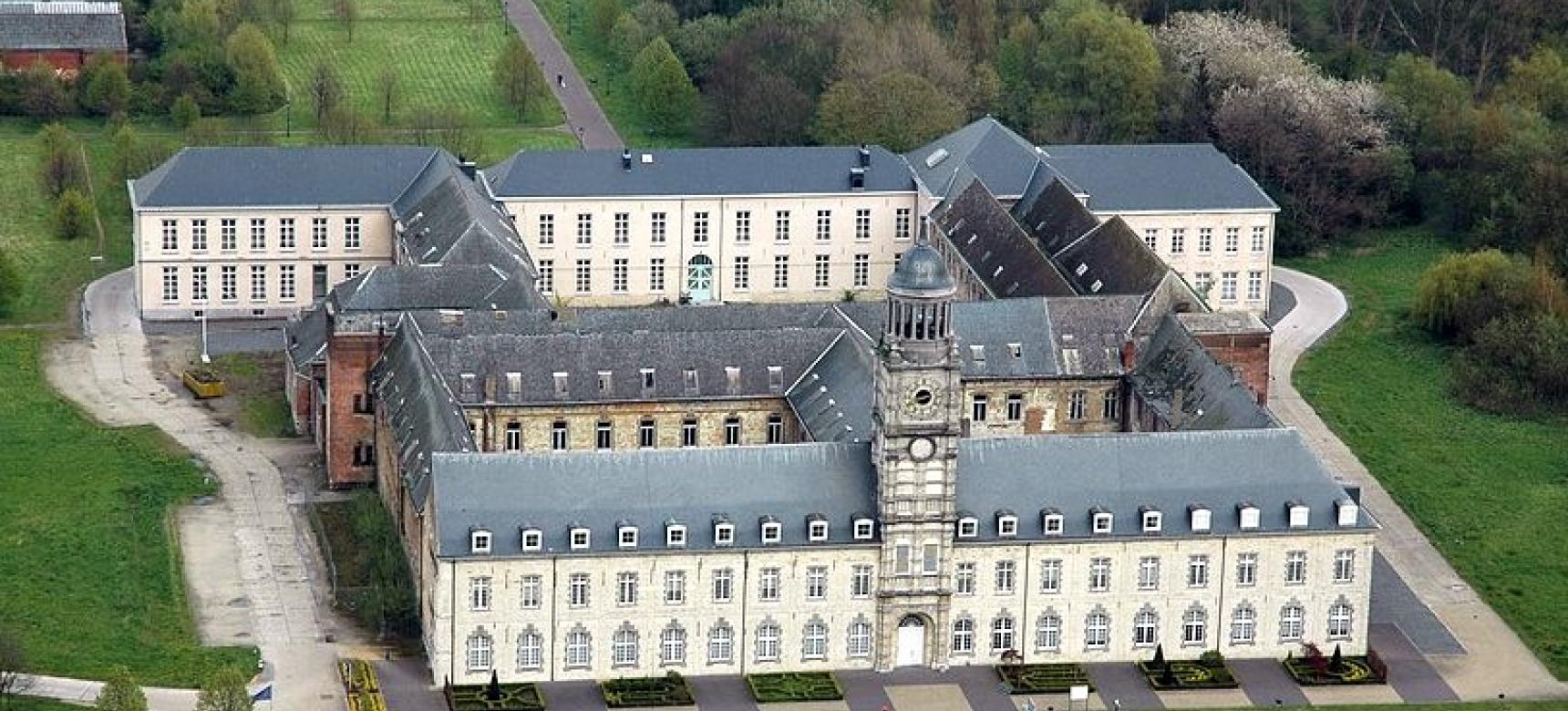On the banks of the Scheldt, the monumental St. Bernard’s Abbey rises above the landscape. Built from 1243 by Cistercian monks, this abbey reflects not only their faith, but also their deep connection to the land.
The monks extracted clay, created polders, and laid the foundations for the brick industry in the Rupel region. An industry that would shape both the landscape and local identity. Over the centuries, the abbey complex served many roles: monastery, hospital, prison, and military depot.
Today, it’s a protected monument and a lively cultural site. The town hall of Hemiksem is housed here, along with two museums: ‘Heemmuseum Ontrent den Hover’, which explores local history, and the Gilliot & Roelants Tile Museum, showcasing the region’s world-famous tile production.


